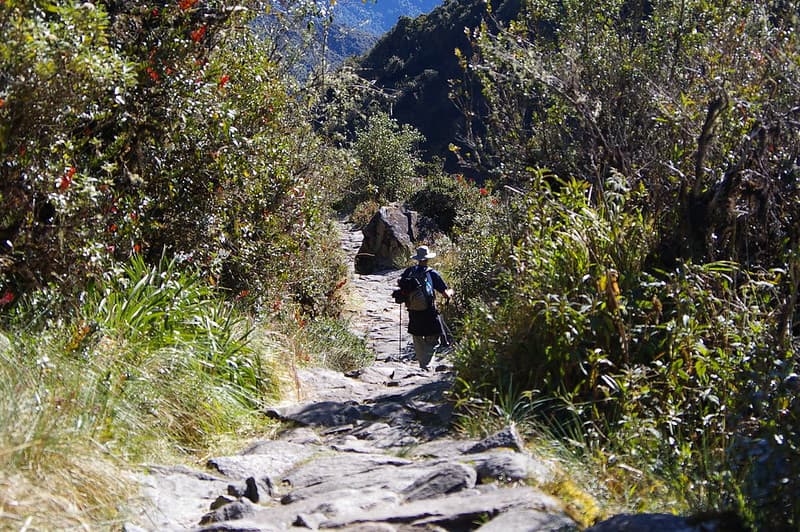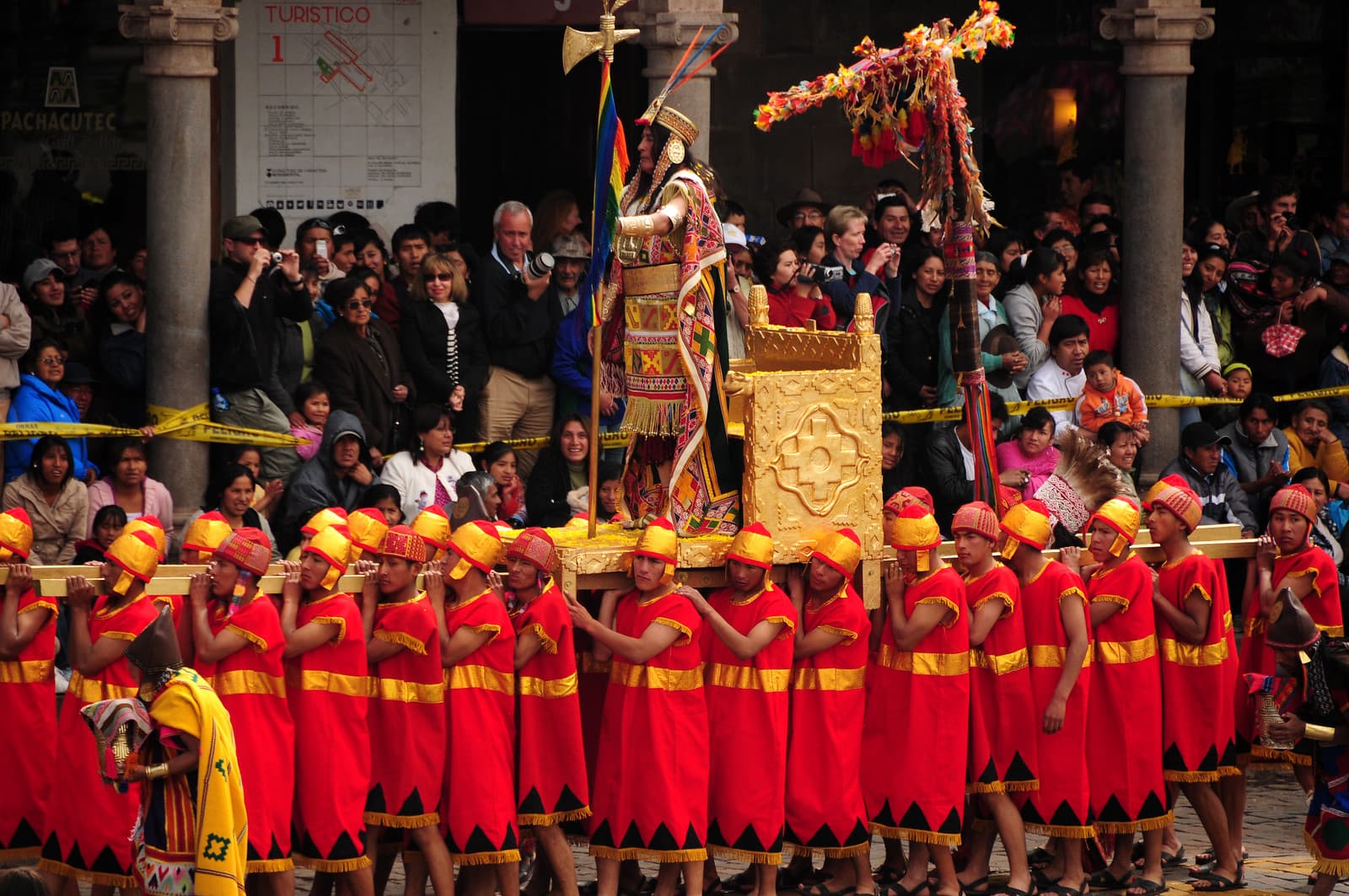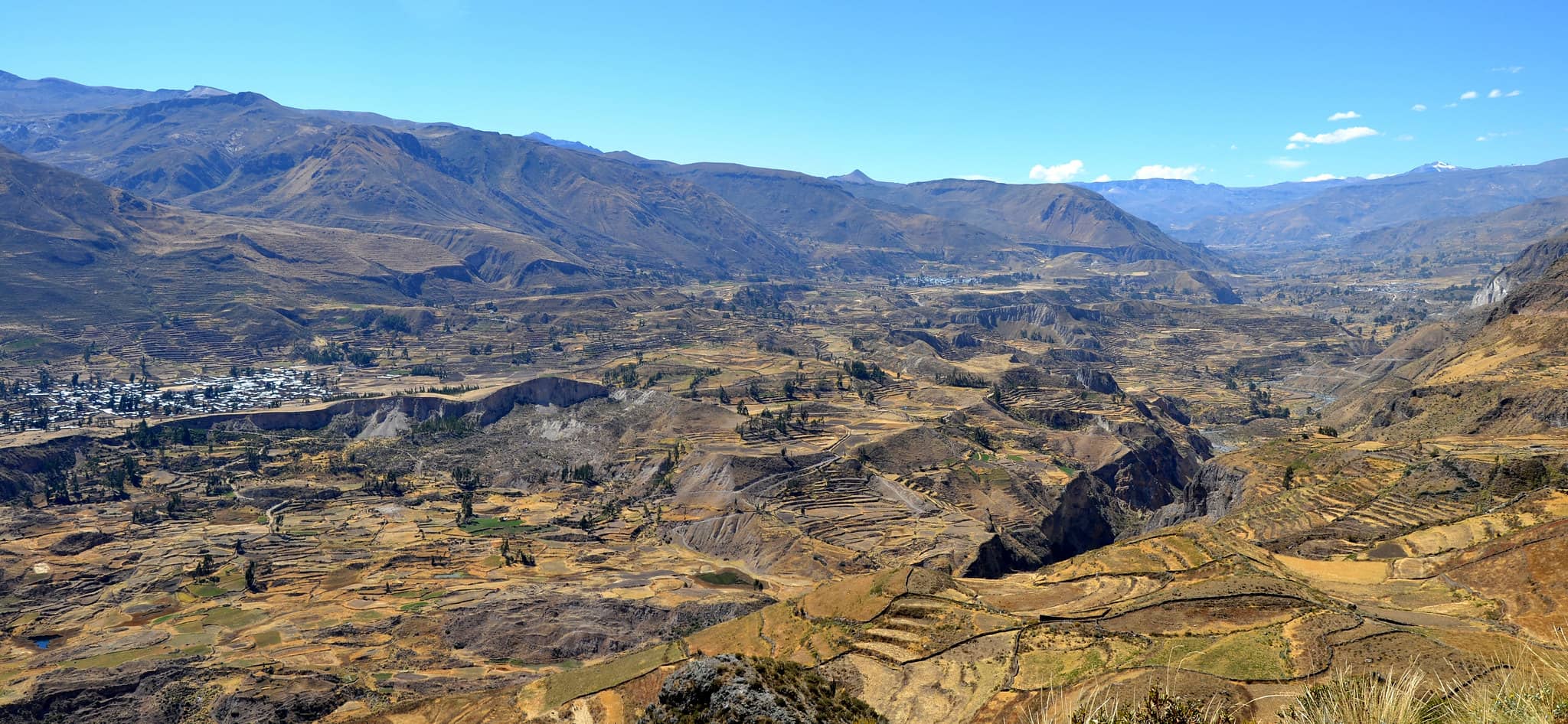5 tips before taking the Inca Trail

You have already made the decision to go to fulfill one of your dreams: to make that mythical trip, to walk the Inca Trail to the citadel of Machu Picchu.
We want to collaborate with you by giving these 5 tips before taking the Inca Trail. With the thought in mind that this should be an unforgettable experience. That is why we want to give you here these simple and practical pieces of advice so that nothing tarnishes your trek.
Book early:
Once the decision is made, do not delay in making the necessary reservations: flights, accommodation, and a company to do the trail with. This route is sought after by thousands of people from all over the world, and usually there is a lot of demand at almost any time of the year.
Acclimatization:
For several days you will be high above sea level. Your body needs to acclimate slowly, so as not to suffer the annoying side-effects of altitude sickness. It is advisable to stay in the city of Cusco at least 2 days before the trek to acclimate properly. The date of the Inca Trail cannot be changed and there are no available refunds, so precautions must be taken to ensure a great trek.
Appropriate clothing and footwear:
The climate in the Andean region can undergo sudden changes. The sun can be blazing, but once it is hidden behind a cloud the temperature can fall quickly. It is important to wear a coat at night as the cold can be harmful.
Footwear must be specially designed for trekking. Taking care to wear shoes that cover the ankles to maintain better stability. It is necessary since your footwear must endure 8 hours of walking a day and the terrain is often difficult and slippery.
Walking Poles:
Walking poles will help you a lot during the whole trip. If you do not have experience using them, they will soon be your best friends. They will help you move forwards safely and comfortably, unloading some of the weight and giving you stability. You can also buy them in Ollantaytambo.
Extras essential:
It is not very advisable to consume the water from the springs that you will see during the trail. Bring your own thermos or water bottle with mineral water that. On the other hand, you can buy in the small stores that you come across.
Be sure to bring insect repellent, flashlight, sunscreen, batteries and batteries for your personal gadgets
SOME INCA TRAIL FAQS.
WHAT ARE INCA TRAIL PERMITS AND DO YOU NEED A GUIDE?
Since 2002, access to the Inca Trail has been limited to 500 people per day (roughly split between 200 tourists and 300 accompanying guides and porters), no matter the time of year. This means it is necessary for everyone to obtain permits in advance to do the hike.
Securing a permit is only possible with a licensed Inca Trail operator, who buy these daily permits in advance. This means that – although many of Peru’s best hikes, like the Colca Canyon, are possible to do independently – you can only do the Inca Trail with an approved tour company and spaces are capped.
WHAT IS THE BEST TIME OF YEAR TO HIKE THE INCA TRAIL?
Peru has two seasons – dry and wet – and it is possible to do the Inca Trail in either. Each however, come with their own pros and cons.
Dry Season (May – October)
- Pros | The chance of rain, as the name would suggest, is significantly reduced and you can expect hot, dry mornings and afternoons.
- Cons | Dry season also coincides with high tourism season in Peru (June – August), so the Inca Trail will be at full capacity each day. This means fuller camp sites and more traffic along the Trail (although the tours do try and stagger this out).
Wet Season (November – April)
- Pros | A less popular time to hike, so the number of people you’re sharing the Trail with is notably reduced, as are the crowds at Machu Picchu. Tours are slightly cheaper and easier to book with only a few weeks notice (a guy on our tour booked his place only a week before the trip began). Temperatures at night are also less chilly.
- Cons | Hiking and camping in the rain for four days is never fun, so you are increasing the chances of that. If there is notable rainfall, then hiking conditions become slippier and more difficult.
Note that the Inca Trail is closed in February for everyone in order to allow it to replenish.
HOW MUCH DOES THE INCA TRAIL COST?
All companies operating the Inca Trail must be registered and have a special operators license, which is renewed annually. A large number of these companies are only established to provide specific private tours in high season, with the rest offering year-round expeditions. New operators are added to the list each year so, as you can imagine, quality, experience, and equipment offered will vary quite a lot.
Inca Trail tours cost from $600 per person up to $1,500; if you see a price any cheaper than the bottom-end of this range, then be very sceptical. If you are seeing a higher price than this, then you will either be on a very very luxury tour or likely booking through a tour agent. Note that, aside from the mark-up on price, Inca Trail tours booked via agencies will often simply place you on an available tour with one of several local operators, so you have very little control on the quality of the ultimate provider and group composition


